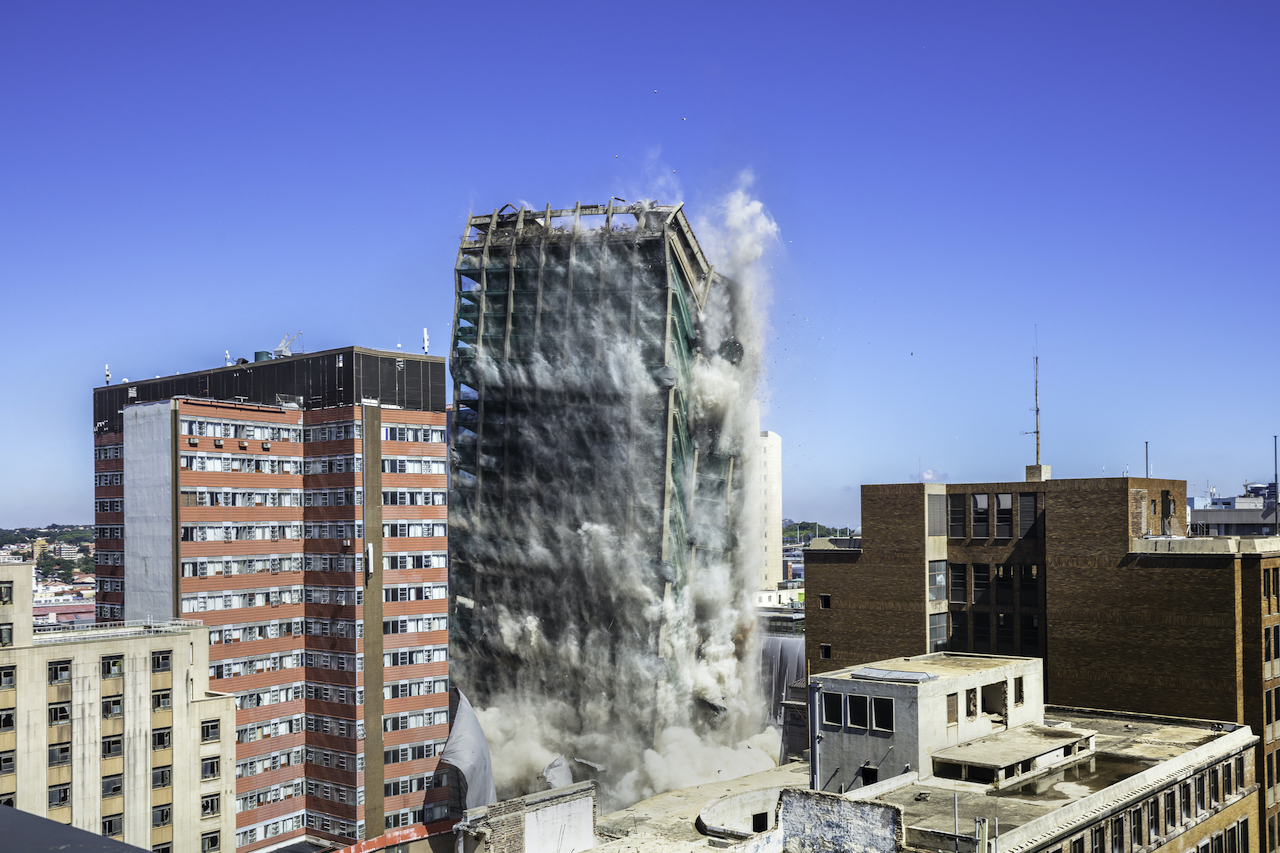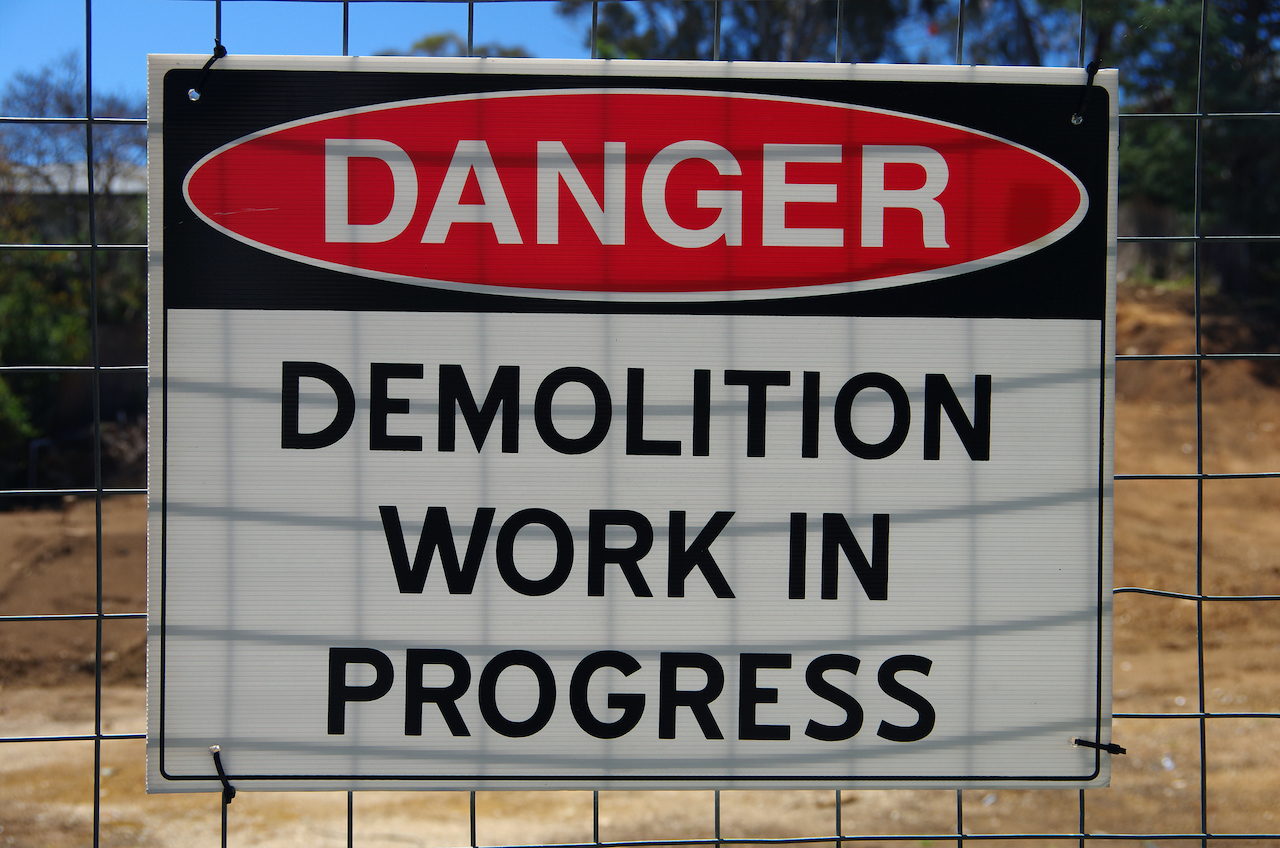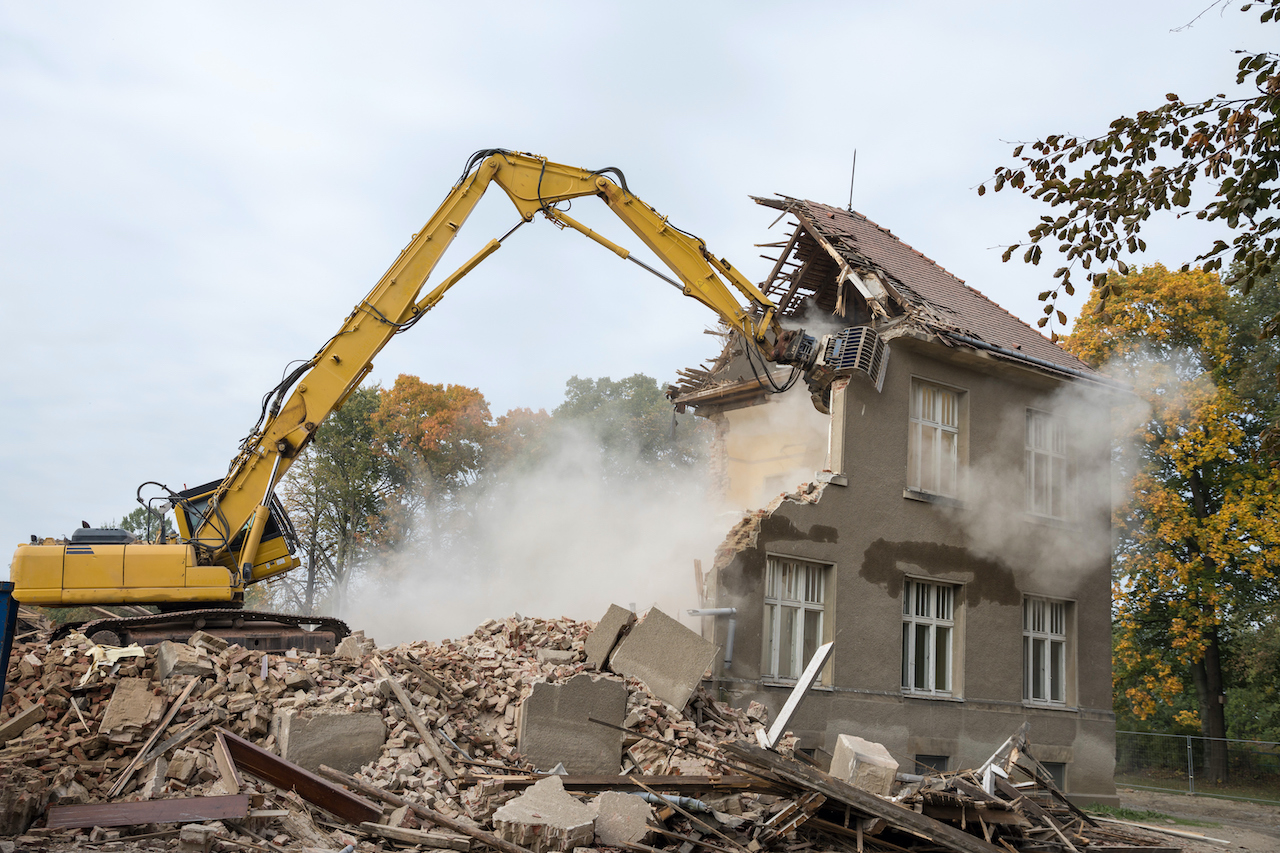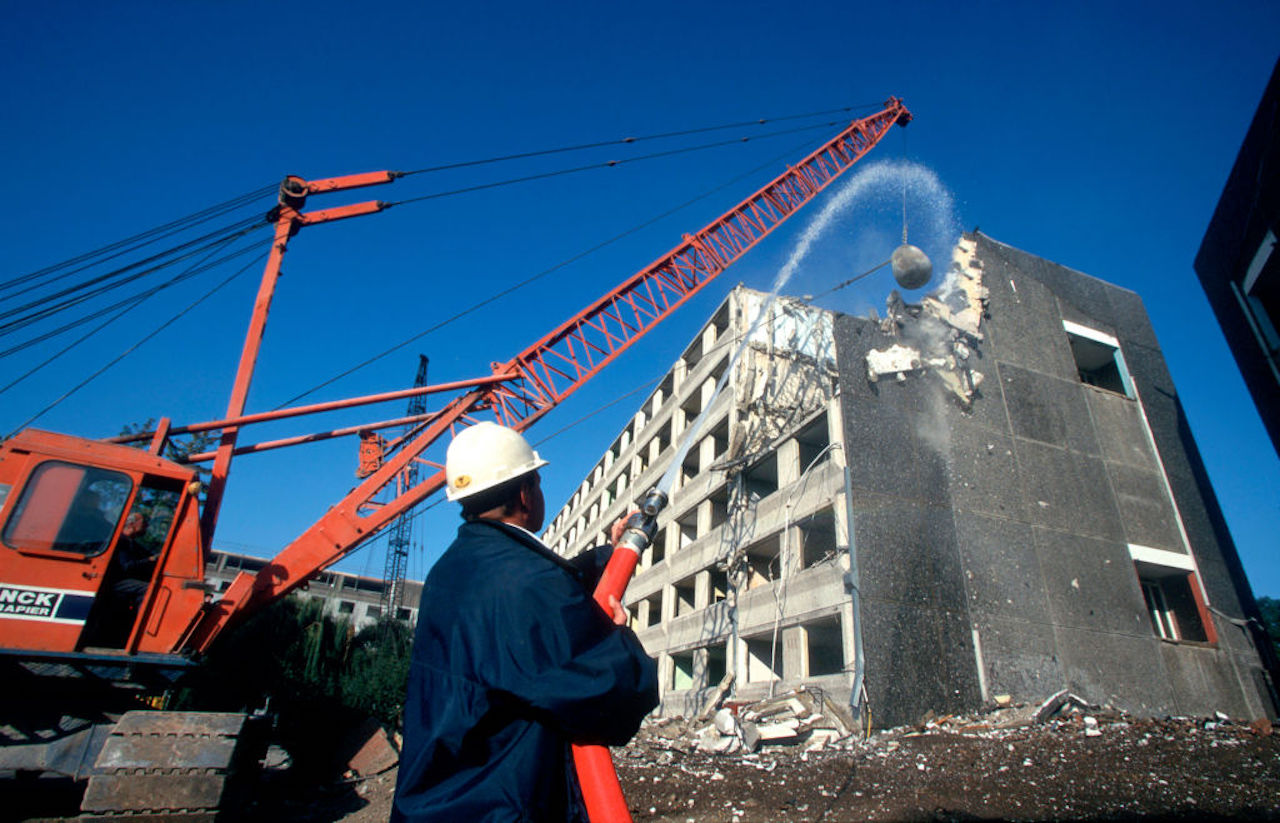Building demolition: History, methods and record breakers
Here's how building demolition turns soaring skyscrapers into rubble.

During building demolition, the materials used to construct strong homes, offices and recreational spaces are torn apart. These building materials are chosen specifically to brace extreme weather and remain in place for many decades, but some buildings are purposefully removed before they can face the test of time.
There are many reasons why a building may need to be demolished. According to the journal Energy Policy, old buildings are often targeted for demolition, because they require too much maintenance. To increase their value, other properties can be partially demolished and rebuilt to expand them. In other instances, a building is deemed to be unsafe. The foundations may be faulty, or they may be built with dangerous materials, according to asbestos removal and demolition company Total. These materials include mercury, lead or asbestos for insulation — a naturally occurring mineral that can damage the lungs when inhaled.
Properties are constantly being built and removed to make way for new layouts, better builds and modern architecture. But, some old buildings are preserved as an important part of history. Private organisations and local governments can decide against a building's demolition if it can be proved to hold historical significance, according to the journal Nations and Nationalism.
When permission is granted, today's technology can see skyscrapers fall from their stance in a matter of seconds, transforming the aesthetic of a landscape and allowing for new features to be constructed.
The preparation process

Before bringing a building to the ground, the structure and the surrounding area need to be analyzed, according to the International Journal of Emerging Technology and Advanced Engineering. Demolition can be a dangerous process when the necessary steps aren’t followed.
First, a building is surveyed. Experts make a note of the materials that were used in the construction of all areas, the method used to build it and the location of any nearby buildings and communities. According to the UK's Health and Safety Executive website, any hazardous materials, such as flammable or radioactive materials are removed before demolition to make the process as safe as possible.
Next, a demolition plan is finalized. This includes which method will be used based on the building materials and size, as well as the logistics and clean-up process, according to the International Journal of Advance Engineering and Research Development. A large area will need to be sectioned off if explosives are being used and prior warning given to nearby residents.
Common demolition methods

Some buildings only require selective demolition, while others need total demolition. According to demolition specialists Thompsons of Prudhoe, selective demolition means that only specific features of the building are removed. This could be an older section of a building or faulty parts. Other sections stay unaffected. Meanwhile, total demolitions involve the removal of entire structures. The land may be used for another purpose and allows for a community's restructure.
In some instances, only interior elements of a building are taken out, such as its walls and ceilings, as part of the demolition process. This provides more space inside to repurpose the space or re-plan the layout.
During deconstruction and dismantling methods, a building is taken apart section by section, and its materials can then be reused. Perhaps the most satisfying demolition method involves explosives. Targeting the structural parts of the building, explosives such as dynamite can bring down entire high-rise buildings almost instantly.
Impressive implosions
How explosives are used to send buildings crashing to the ground?
Tallest fall
In Nov. 2020, Modon Properties' 540-foot (165-meter) tall Mina Plaza building in Abu Dhabi came hurtling towards the ground. As it crumbled, it became the tallest building to be demolished using explosives, according to the Guinness World Records. The Mina Plaza was made up of four buildings, rising 144 storeys into the sky. The process of imploding this building only took ten seconds, carried out in 0.25 second intervals.
To ensure safety during the demolition, an area with a 3,600 foot (1,100 meter) radius was sectioned off. This exclusion zone limited danger from flying debris. The space previously occupied by the tower blocks will be used to create a large, commercial tourist area.
How have techniques evolved?

Taking buildings out of the skyline can be useful for redevelopment and removing unsafe structures. However in the early days of building demolition, it was primarily a military tactic. During military advancements, as early as 1069, an enemy settlement could be destroyed by firing weapons into the walls, according to demolition specialists 3D Demolition.
In the 1960s and 1970s the use of building demolition as a beneficial service to communities grew significantly. In the 1960s the use of wrecking balls reached its peak. This involves swinging a giant steel ball into the side of buildings from a crane. According to Smithsonian magazine, wrecking balls are less commonly used today as control over the swinging ball is limited. The earliest attempt to demolish a building by explosion was in 1773 and, while this still takes place today, the most common method is deconstruction. This is generally the safest technique.
Mechanical demolition
Additional resources
You can read other interesting facts about demolition at demolition specialists RKS' website. Additionally, you can learn about the choice between demolition and reuse by visiting the UK Green Building Council website.
Bibliography
"Does demolition or refurbishment of old and inefficient homes help to increase our environmental, social and economic viability?". Energy Policy (2008).
"The state and historic buildings: preserving 'the national past'". Nations and Nationalism (2017).
"Building Demolition: Ground to Earth Important as Construction". International Journal of Emerging Technology and Advanced Engineering (2013).
"Demolition of Buildings – An Overview". International Journal of Advance Engineering and Research Development (2014).
Sign up for the Live Science daily newsletter now
Get the world’s most fascinating discoveries delivered straight to your inbox.

Ailsa is a staff writer for How It Works magazine, where she writes science, technology, history, space and environment features. Based in the U.K., she graduated from the University of Stirling with a BA (Hons) journalism degree. Previously, Ailsa has written for Cardiff Times magazine, Psychology Now and numerous science bookazines. Ailsa's interest in the environment also lies outside of writing, as she has worked alongside Operation Wallacea conducting rainforest and ocean conservation research.










